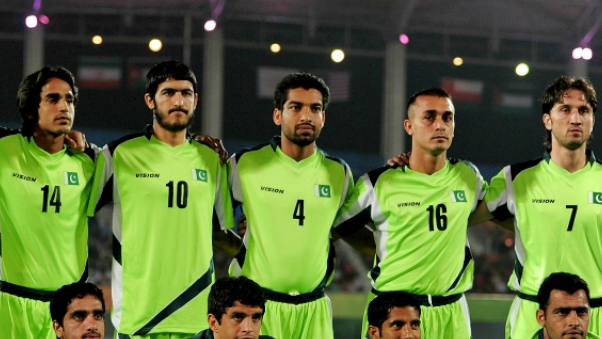)
The Impact of International Breaks on Club Football
The 2025 football calendar is shaping up to be a complex tapestry of international and club commitments, presenting both challenges and opportunities for teams around the globe. As FIFA and other governing bodies finalize their schedules, the impact of international breaks on club football cannot be overstated. With numerous breaks planned for both men's and women's teams, understanding the intricacies of scheduling and player obligations is paramount for clubs, managers, and fans alike.
A Transitional Year for International Football
The year 2025 is an interim period in men's international football, strategically positioned between the 2024 European Championship and the 2026 World Cup. Similarly, women's football is navigating between significant tournaments, with breaks allowing for both friendly matches and competitive qualifiers. These international windows are crucial for national teams to build chemistry, test strategies, and secure qualification for future tournaments.
FIFA's official international breaks are meticulously designed to accommodate various confederations, with Type I, Type II, and Type III windows. These breaks are set aside for national teams to play, and clubs are generally obligated to release their players during these periods, barring injuries or suspensions.
The Club Football Dilemma
For club teams, international breaks represent a double-edged sword. On one hand, they provide a breather from the relentless domestic league schedules, allowing time for rest and recovery. On the other, they can disrupt team cohesion and momentum, with key players jetting off to represent their countries.
The Premier League and other top domestic leagues often find themselves in a precarious position during these periods. Clubs like Arsenal, for instance, must navigate the challenges posed by player absences, which can affect team performance and league standings. The absence of star players can lead to unexpected results, influencing the race for titles, European spots, and relegation battles.
Player Fatigue and Injuries
One of the major concerns during international breaks is player fatigue. The demanding travel schedules and back-to-back matches can lead to injuries, affecting both club and country. Players returning from international duty often have little time to recover before their next club commitments, leading to concerns over their physical and mental well-being.
Strategic Adjustments
Clubs must make strategic adjustments during international breaks. Managers are forced to rely on squad depth, giving opportunities to fringe players and younger talents. This scenario can be a double-edged sword, as it can lead to unexpected performances and results. For instance, a club like Tottenham might find itself relying on academy graduates or backup players to fill the gap left by international stars.
The Role of FIFA and Governing Bodies
FIFA, along with continental governing bodies like UEFA and CONCACAF, plays a crucial role in scheduling these international breaks. The organization sets the official dates, ensuring minimal conflict with club competitions. However, the balance between international and club football remains a contentious issue, with debates over the number of breaks and their timing.
The MLS and other leagues in North America face unique challenges due to their calendar, which does not align perfectly with international schedules. This can lead to clashes and player availability issues, making it essential for league organizers to work closely with FIFA to minimize disruptions.
Fan Perspectives
For fans, international breaks are a mixed bag. While they provide an opportunity to see their favorite players represent their countries, domestic league action often takes a backseat. This can lead to a lull in excitement and anticipation, as club football takes a temporary pause.
However, international breaks also offer fans a chance to see emerging talents and different styles of play, broadening their understanding and appreciation of the game. The global nature of these breaks means that fans can witness diverse football cultures and experiences, enriching their overall engagement with the sport.
Conclusion
In 2025, the impact of international breaks on club football is more pronounced than ever. As teams and players navigate this intricate dance of commitments, the role of governing bodies like FIFA becomes increasingly important in ensuring a harmonious balance between club and country. For clubs, strategic planning and squad management are key to overcoming the challenges posed by these international windows.
As fans, understanding the dynamics of these breaks can enhance our appreciation of the global game. Whether cheering for a national team or supporting a club side, the interplay between international and domestic football continues to shape the landscape of the sport we love.
